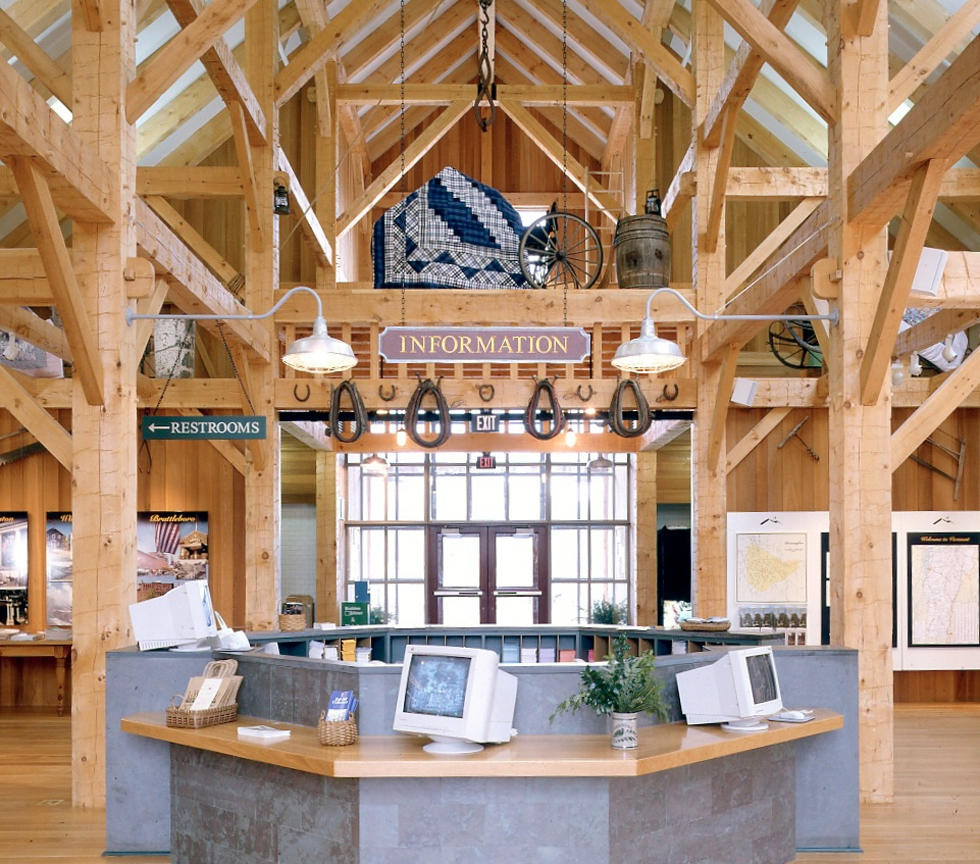What is it that draws us to colonial houses, aside from their history as America’s earliest European-built dwellings? The author of this 1922 write-up in The White Pine Series of Architectural Monographs argues that it’s actually an unconscious appreciation of the color and texture as well as the form of these structures. While onlookers often rave about their solid construction, often with comments that people really knew “how to build” in those days, the same results are much more easily and economically achieved through modern construction methods.
What we see when we look at these buildings is a certain charm and simplicity, though there’s no lack of variety in the details. The author notes “the dark roofs with their huge old chimneys, the green shutters, hung against broad white clapboards, shingled or weather-beaten surfaces, as well as the perfect detail of the ornament used on old doorways, cornices, and porches.”
Bennington, Vermont and nearby towns were on the “frontier of colonization,” sheltered from the trends of the coastal towns and developing their own particular architectural quirks. One example is a detailed triple window used over front entrances, with an arrangement of arches and pilasters that isn’t often seen elsewhere.
“The General David Robinson House has the most developed treatment of texture, the strong whites of the porch against the gray of the clapboards, pilasters, and wall, with the exquisitely divided sash softening the dark openings flanked by shutters. The detail throughout is delightful in scale. This house is perhaps one of the most beautiful of the examples in this Monograph.”
Read more at the White Pine Architectural Monograph Library.










